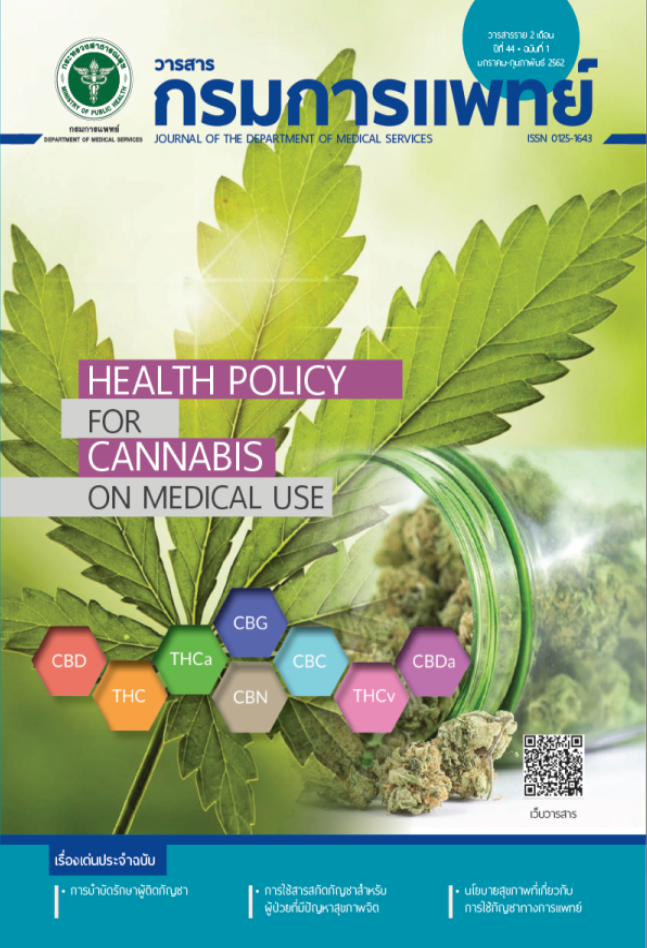Music Therapy for Children with Cerebral Palsy: A Systematic Review
Keywords:
Music therapy, Cerebral palsyAbstract
Background: Using music as a healing influence to affect health and behavior dates back to ancient times. It was formalized as a therapy in the early 1800’s. Today Music Therapy is a recognized discipline taught in universities throughout the world. Music Therapy is used in both physical and psychosocial practice. Recent studies have shown the added value of using Music Therapy in conjunction with other therapies to enhance the results of patient progress. Furthermore, music therapy is a safe and low-cost intervention that could potentially be offered by trained professional working in many settings. The use of Music Therapy in children with Cerebral Palsy is rare and has never been reported systematically before. To understand what has been accomplished it is necessary to study a variety of cases where professionals used Music Therapy in the treatment of children with Cerebral Palsy and attempt to develop a presentation of the methods and results. It is anticipated that this may evoke a new study or collection of available data used in another group of patients in the future. Objectives: To study the effects of Music Therapy on the treatment of children with Cerebral Palsy. Methods: The MEDLINE electronic databases from PubMed were used as sources for the research. All Randomized Controlled Trials (RCTs) were selected. Only in English were considered. Results: Music Therapy helped to increase the results in all five studies. Conclusions: Even though all participants in the five included studies are children with cerebral palsy, the results of these studies cannot specifically compared due to the different types of interventions and outcomes measured. More primary research is needed to attain the high quality of evidence based practice which can be used for reference in the future.
References
Chan Thita Pruksananon. Cerebral Palsy: CP. In: Pairat Prasong Chinese, Editor. Cerebral Palsy. 1 edition. 2010: 1.
Darrow A. Introduction to Approaches in Music Therapy. 2nd ed. American Music Therapy Association, 2008.
Abromeit D, Colwell C.. Medical Music Therapy for Pediatrics in Hospital Settings. 1st ed. Vol. 1. Missouri. American Music Therapy Association, 2008. p. 3-7.
Standley J, Whipple J. Music Therapy for Premature Infants in the Neonatal Intensive Care Unit: Health and Developmental Benefits. In Music Therapy in Pediatric Healthcare Research and Evidence-Based Practice. The American Music Therapy Association, 2003; 19-28.
Naylor K, Kingsnorth S, Lamont A, McKeever P, Macarthur C. The effectiveness of Music in Pediatric Healthcare: A Systematic Review of Randomized Controlled Trials. Hindaxi Publishing Corporation, 2011.
Higgins JP, Thomson SG, Deeks JJ, Altman DG. Measuring inconsistency in meta-analyses. BMJ 2003; 327 (7414): 557-560.
Kim SJ, Kwak EE, Park Es, Cho SR. Differential effects of rhythmic auditory stimulation and neurodevelopmental treatment /Bobath on gait patterns in adults with cerebral palsy: a randomized controlled trial. Clinical rehabilitation 2012; 26(10): 904-14.
Peng YC, Lu TW, Wang TH, Chen YL, Liao HF, Lin KH, et al. Immediate effects of therapeutic music on loaded sit-to-stand movement in children with spastic diplegia. Gait & posture 2011; 33(2): 274
Wang TH, Peng YC, Chen YL, Lu TW, Liao HF, Tang PF, et al. A home-based program using patterned sensory enhancement improves resistance exercise effects for children with cerebral palsy: a randomized controlled trial. Neurorehabilitation and neural repair 2013; 27(8): 684-94.
Yu H, Liu Y, Wu L. Acupuncture combined with music therapy for treatment of 30 cases of cerebral palsy. Journal of traditional Chinese medicine 2009; 29(4): 243-8.
Yu H, Liu Y, Li S, Ma X. Effects of music on anxiety and pain in children with cerebral palsy receiving acupuncture: a randomized controlled trial. International journal of nursing studies 2009; 46(11): 1423-3.
Bjornson KF, Belza B, Kartin D, Logsdon R, McLaugh-lin JF. Ambulatory physical activity performance in youth with cerebral palsy and youth who are developing typically. Physical Therapy 2007; 87: 248-257.
Dyrlund AK, Wininger SR. The effects of music preference and exercise intensity on psychological variables. Journal of Music Therapy.2008; 45:114-134.
Thaut MH, Kenyon GP, Hurt CP, McIntosh GC, Hoemberg V. Kinematic optimization of spatiotemporal patterns in paretic arm training with stroke patients. Neuropsychologia. 2002; 40: 1073-1081.
Thaut MH. Rhythm, music, and the brain. Scientific foundations and clinical applications. London: Routledge, 2008
Downloads
Published
How to Cite
Issue
Section
License
บทความที่ได้รับการตีพิมพ์เป็นลิขสิทธิ์ของกรมการแพทย์ กระทรวงสาธารณสุข
ข้อความและข้อคิดเห็นต่างๆ เป็นของผู้เขียนบทความ ไม่ใช่ความเห็นของกองบรรณาธิการหรือของวารสารกรมการแพทย์



